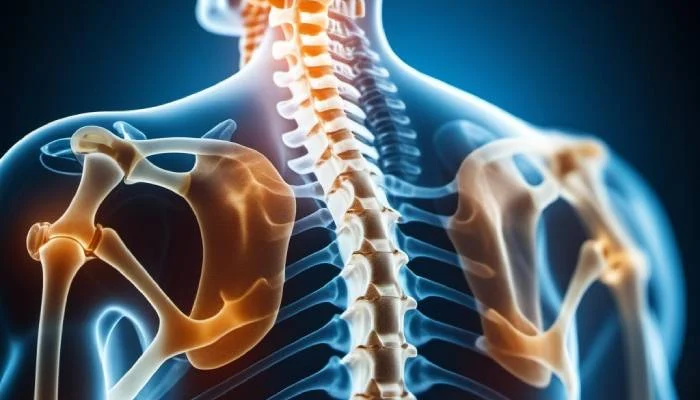In a major yet surprising turn of events, scientists have managed to grow a human spine in a laboratory.
As per Popular Mechanics, scientists at The Francis Crick Institute in London managed to develop human stem cell models with notochord tissue.
This is the first time scientists have successfully created a stem cell that includes notochord tissue, which plays a crucial role in the early developments of embryos.
James Briscoe, senior author of the study, said in a statement, noting, “The notochord acts like a GPS for the developing embryo, helping to establish the body’s main axis and guiding the formation of the spine and nervous system.”
He added, “Until now, it’s been difficult to generate this vital tissue in the lab, limiting our ability to study human development and disorders.”
Scientists used the development of embryo from various animals like chickens, mice and monkeys to understand how to create a human-like notochords.
As per the outlet, by studying the timing and molecular signals in these animals, they were able to replicate this process in a stem cell to produce notochord tissue.
The study published in the journal Nature revealed that scientists created a small, trunk-like structure using stem cells which is much smaller than a full spine.
While, the structure was tiny and not fully developed, it contains the necessary neural tissues and bone stem cells arranged in the same way as they are in human embryos.
Researchers noted that having a functional notochord in human stem cells could lead to better insights into spinal conditions.







